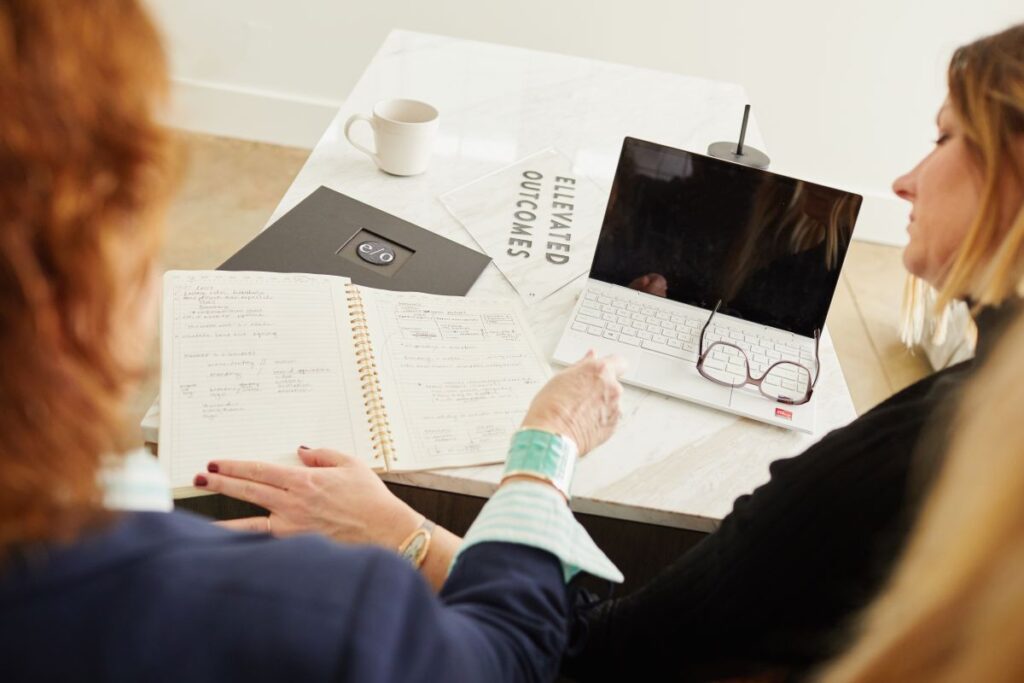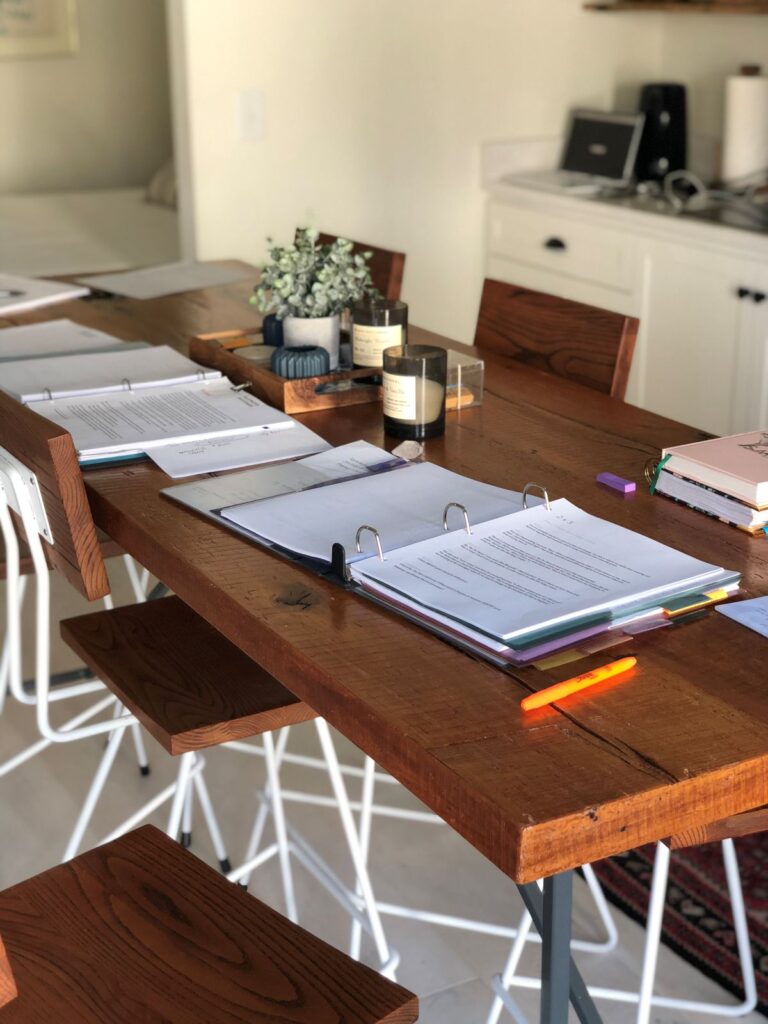The Magical Placeholder Email
While interviewing for my first post-college job as an underwriter, my future boss asked this question: “How will you handle your inbox?”
Until that point I felt like I was acing the interview. And then, I panicked. Because I didn’t understand what he meant. I’d had email in college, but at that point, it was much more a hobby than a way of working. We still got our assignments the old fashioned way; professors would just tell us what to do, and we’d do it. So, this concept of “managing an inbox” didn’t click.
Months later, after I was offered and accepted the job, I went through underwriting training school. Aside from the risk, technical, and logistical aspects I learned, there was another theme that they implanted in us: you must be responsive. Then, this concept of “manage your inbox” clicked.

As you know, I’m all about controlling everything I can to ellevate my outcomes. Therefore, if I could get an edge over the competition by being organized and responsive… duh, I would. And voilà, the placeholder email was born.
Forgive me if this is obvious, but when I use the term “placeholder email,” here’s what it looks like:
Someone emails me with a request. Within 24 hours (or whatever guideline I’ve set for that type of request), (s)he will get some type of acknowledgement. It doesn’t have to be the full answer, especially if it takes more deep thinking and time than I have that day.
For example, I often use a placeholder email like this when a client sends me his/her homework between sessions:
Hi <client>,
I wanted to quickly acknowledge your email. I’ve skimmed it and need a few days to digest / work on it. I will get back to you more fully by <date>. Please let me know if you need my reply more urgently, and we will make that happen.
This isn’t an auto-responder though. If I send you one of these, I have personally read your email, and I’m acknowledging you individually. Logistically, I’ve added the work to my to-do list. I’ve classified my follow-up work as analytical, task, or insight and scheduled it accordingly into my day or week. I’m now accountable to getting back to you by a specified time, and I’ve given you the power. If you need my response sooner, I’ve given you the space to speak up and tell me. I want to know!
Early on in my career, I quickly gained a reputation for being responsive. My portfolio grew and grew as an underwriter in NYC and eventually globally. A few years ago, one of the top executives where I worked revealed the compelling numbers behind this personal practice I’d built: when someone from our company responded to a client within 24 hours, they were over 40% likely to win new business. After 24 hours, this number dropped to less than 10%.
I don’t know about you, but if I can do something to better control those odds, I’m doing it. It’s another one of those things that’s simple but not necessarily easy. Like any effective habit, it takes discipline. Yet, it’s a proven way to practically increase your sales and brand reputation but more importantly, tell someone (especially a client!) “I see you, I hear you, and I’m here to get you what you need.”


